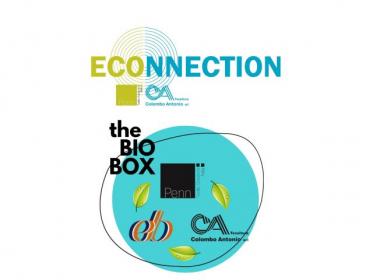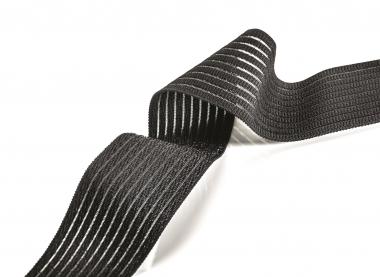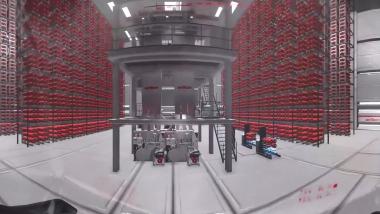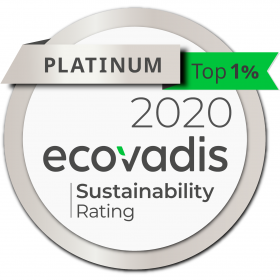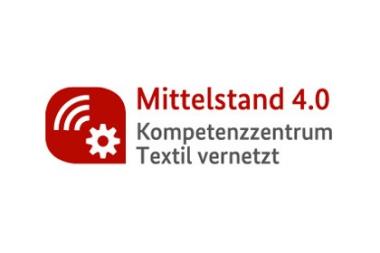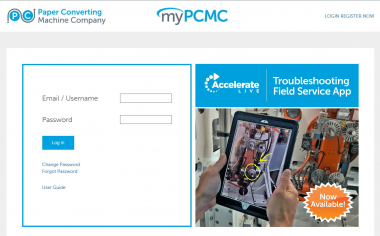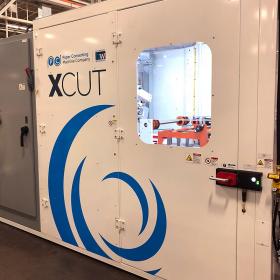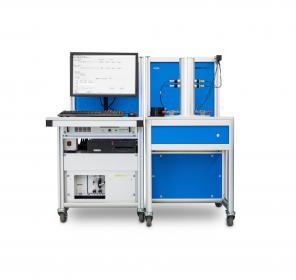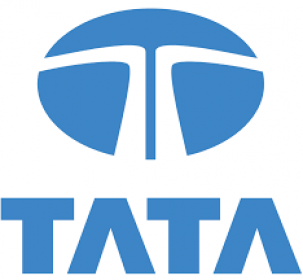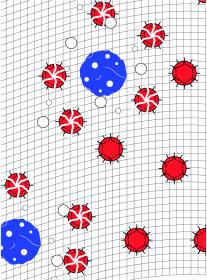Mittelstand 4.0-Kompetenzzentrum Textil vernetzt begleitet KMU für weitere zwei Jahre
- Digitalisierung und KI sind keine Fremdwörter für den textilen Mittelstand: Textil vernetzt hat sich als Wegbereiter etabliert und unterstützt weitere zwei Jahre KMU bei der digitalen Transformation und KI-basierten Anwendungen.
Textil vernetzt kommt mit seinen Digitalisierungsangeboten bei den kleinen und mittleren Unternehmen der Textil- und Modeindustrie, des Textilmaschinenbaus und angrenzender Branchen an. Seit Eröffnung des Kompetenzzentrums vor drei Jahren haben mehr als 3 000 KMU Unterstützung gesucht. Damit wurden rund 5 000 Mitarbeiter des textilen und textilnahen Mittelstands erreicht. Über 1 000 Veranstaltungen und Termine an den Textil vernetzt-Standorten Aachen, Berlin, Chemnitz, Denkendorf, Stuttgart und Villingen-Schwenningen wurden durchgeführt. Die quer über die Republik verteilten Praxisprojekte sind dabei das Herzstück des Zentrums. „Der digitale Wandel ist in der Textilindustrie angekommen. Unser Team weiß, wo der Schuh drückt, und findet immer wieder Lösungsansätze“, resümiert Anja Merker, Geschäftsführerin des Mittelstand 4.0-Kompetenzzentrums Textil vernetzt.
In den kommenden zwei Jahren unterstützt das Textil vernetzt-Team Mittelstand und Handwerk auch bei der Umsetzung individualisierter und smarter Produkte und im Bereich der Materialinnovationen. „All diese technologischen Veränderungen haben Auswirkungen auf die Produktion und Verwaltung unserer textilen KMU. Wir brauchen dafür aber stabiles 5G. Nur so sind Internet der Dinge (IoT)-Anwendungen und Plattformökonomie für die Firmen umsetzbar“, appelliert Merker.
Die neuen, zusätzlichen Schwerpunkte zahlen auf die Nachhaltigkeit von KMU ein: Blockchain hilft Firmen beispielsweise dabei, ihre Lieferkette transparent zu gestalten, nachhaltig gewonnene Ausgangsstoffe nachzuweisen oder digitale Zertifikate fälschungssicher zu machen. Künstliche Intelligenz (KI) kann dafür eingesetzt werden, Ausfallprognosen von Maschinen vorherzusagen, Fehler bei Musterungsstrukturen zu erkennen, Lagerbestände zu erfassen und autonome Transportsysteme zu entwickeln. Software as a Service oder der digitale Zuschnitt vor Ort zahlen auf Nearshoring ein und sind durch verkürzte Transportwege per se nachhaltiger. Dabei unterstützt der hersteller- und standortübergreifende Datenaustausch. Das gesamte Textil vernetzt-Team bietet Hilfestellungen bei der digitalen Transformation.
Gesamtverband der deutschen
Textil- und Modeindustrie e. V.





